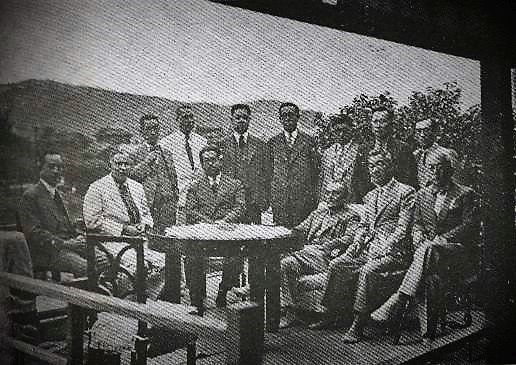- Project Leader : Michael D. Pante (Ateneo de Manila University, Department of History)
Outline of Research
This book narrates the origins of Quezon City and its short-lived status as the capital by charting its historical geography. It traces the emergence and evolution of the city’s territory from its founding in 1939 as a planned city to its designation as the nation’s capital in 1948, and finally to the loss of that status and the aftermath during the tumultuous Marcos era (1965–1986). The most significant factors behind these processes are identified and assessed based on their impacts on the city’s stakeholders.
Description
At present, Quezon City is part of Metro Manila, without a doubt the economic and political center of the Philippines. Also known as the National Capital Region, Metro Manila is composed of sixteen cities and one municipality, and is certainly not monolithic. Within it are competing, though at times cooperating, local units. Economic and political power is dispersed among the component cities, although a few, such as Quezon City, stand out. Quezon City enjoys a large population and territory, huge revenues, and is home to the state university’s main campus and the lower house of Congress. It wields considerable political and economic power, so much so that proposals of moving the capital again from Manila to Quezon City persist to this day, despite the futility of these attempts. Those proposals are, of course, based on Quezon City’s history as the former capital. That designation was the idea right from the start when Quezon City was established in 1939. Arguably, it stands as a project of state planning unparalleled in Philippine history. For a significant part of the twentieth century, it was the spatial representation of official nationalism. This book seeks to contribute to scholarship by historicizing the vision, and the failed attempt to realize that vision, behind an important city in the Philippines, at a time when the country is experiencing rapid urbanization similar to its Southeast Asian neighbors. It seeks to draw historical insights from Quezon City’s experiences of capital-city planning, suburbanization and peri-urbanization, metropolitan administration, and informal settlements that can be useful in understanding similar developments in the region.
 Manuel Quezon (seated, fourth from left) at Kiya-machi, Kyoto, accompanied by Tomás Morató (standing, second from left), 1938 |
 Quezon City’s general design based on the 1949 master plan |
